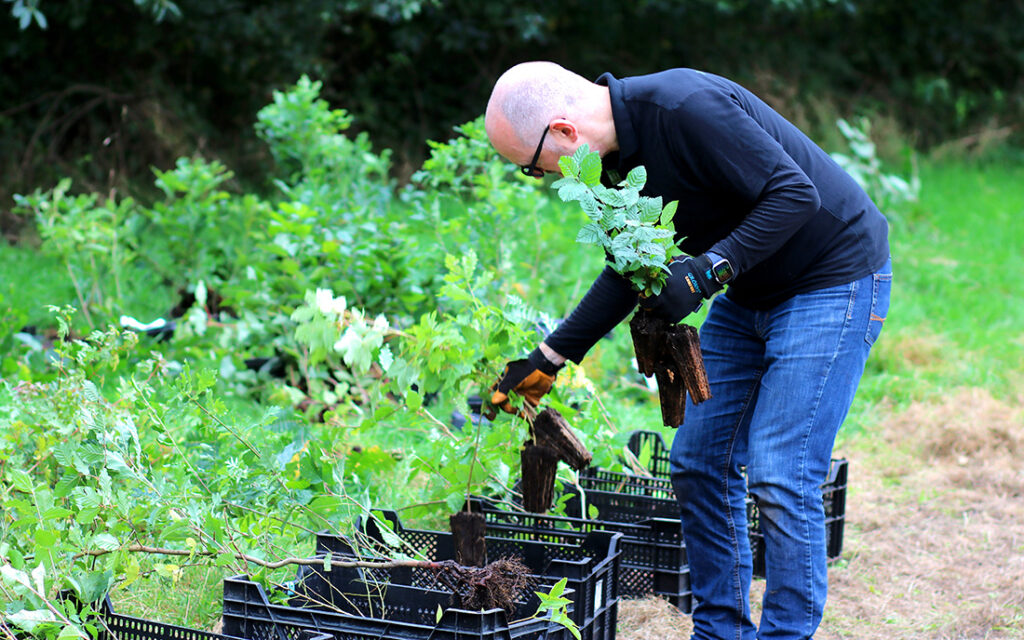This post was originally published on Good Search
#cmsmasters_row_661fe433edda9 .cmsmasters_row_outer_parent {
padding-top: 20px;
}
#cmsmasters_row_661fe433edda9 .cmsmasters_row_outer_parent {
padding-bottom: 15px;
}
#cmsmasters_row_661fe433ee00f .cmsmasters_row_outer_parent {
padding-top: 0px;
}
#cmsmasters_row_661fe433ee00f .cmsmasters_row_outer_parent {
padding-bottom: 10px;
}
#cmsmasters_row_661fe433ee328 .cmsmasters_row_outer_parent {
padding-top: 0px;
}
#cmsmasters_row_661fe433ee328 .cmsmasters_row_outer_parent {
padding-bottom: 50px;
}
#cmsmasters_divider_661fe433ee421 {
border-bottom-width:0px;
border-bottom-style:solid;
padding-top:20px;
margin-bottom:0px;
}
#cmsmasters_row_661fe433ee442 .cmsmasters_row_outer_parent {
padding-top: 0px;
}
#cmsmasters_row_661fe433ee442 .cmsmasters_row_outer_parent {
padding-bottom: 10px;
}
#cmsmasters_row_661fe433ee4bf .cmsmasters_row_outer_parent {
padding-top: 0px;
}
#cmsmasters_row_661fe433ee4bf .cmsmasters_row_outer_parent {
padding-bottom: 30px;
}
#cmsmasters_button_661fe433ee632 {
float:left;
}
#cmsmasters_button_661fe433ee632 .cmsmasters_button:before {
margin-right:.5em;
margin-left:0;
vertical-align:baseline;
}
#cmsmasters_button_661fe433ee632 .cmsmasters_button {
font-weight:normal;
font-style:normal;
border-style:solid;
}
#cmsmasters_button_661fe433ee632 .cmsmasters_button:hover {
}
#cmsmasters_row_661fe433ee65d .cmsmasters_row_outer_parent {
padding-top: 0px;
}
#cmsmasters_row_661fe433ee65d .cmsmasters_row_outer_parent {
padding-bottom: 50px;
}
#cmsmasters_divider_661fe433ee6aa {
border-bottom-width:1px;
border-bottom-style:solid;
padding-top:20px;
margin-bottom:0px;
}
#cmsmasters_row_661fe433ee6c5 .cmsmasters_row_outer_parent {
padding-top: 0px;
}
#cmsmasters_row_661fe433ee6c5 .cmsmasters_row_outer_parent {
padding-bottom: 10px;
}
There are many ways to get involved in environmental conservation, such as tree donation, CO2 compensation, participating in planting campaigns, or joining a cooperative forest. We offer guidance!
According to a team led by Zurich scientist Thomas Crowther, reforesting an area the size of the USA could help recover two-thirds of all CO2 emissions emitted by mankind since industrialization. Trees absorb carbon dioxide from the atmosphere as they grow, storing it in their biomass, especially wood.
To track progress, the Crowther Lab at ETH Zurich and the Restor Foundation have launched an open-source data platform, Restor, which records thousands of renaturation projects worldwide. This platform allows changes to the Earth’s surface to be analyzed using the Google Earth Engine.
Trees are multi-talented plants that not only capture CO2 from the air but also perform many functions as a forest ecosystem, such as protecting species, storing water, cooling the environment, and preventing erosion. Therefore, supporting trees and forests is a great way to contribute to environmental protection.
Do you want to plant trees or donate to tree-planting initiatives?
Starting a tree-planting project is easy, and there are organizations like Citizens Forests in northern Germany that can help you plant trees in unused areas in your village or city. You can find more local “Tiny Forest” initiatives inviting people to get involved in reforestation on the “Die baumpflanzende Gesellschaft” website.
There are many opportunities for children and young people to get involved, such as Plant for the Planet, founded by Felix Finkbeiner in 2007. It started as a student initiative aimed at planting trees worldwide, and now offers training courses on how to start your planting projects or how to raise awareness of the issue as a multiplier. The organization also lists numerous tree-planting projects to which donations can be made. We are critical of the fact that the organization has launched its large-scale reforestation projects under the same name, sponsored by corporations. This dilutes the grassroots idea and is a reputational risk, as the negative press about the reforestation project in Yucatan in Mexico has shown.
You can also donate to tree-planting projects, but not all providers are reputable. It is important to make sure that the organization is a non-profit or ethically sound, such as being certified as a B Corporation or complying with the criteria of the Transparent Civil Society Initiative. The Swiss Foundation Myclimate and the donation platform Treedom are examples of such organizations, although they tend to be in the upper price segment. However, the price is only of limited significance. In many places, reforestation costs nothing – foresters speak of natural regeneration when trees grow back on their own. The main thing here is to create the conditions that allow nature to take its course. However, the conditions are often more demanding, for example, because the soil is depleted or rare tree species are planted specifically to strengthen biodiversity or create new income opportunities for local village communities.
Trees require support in Germany as well
Several local initiatives are doing great work to combat climate change. For instance, iplantatree in Saxony-Anhalt, Myreforest in the southern Black Forest, and the Swiss association Bergwaldprojekt are establishing protective forests on steep mountain slopes in the German and Swiss Alps. Additionally, Trinkwasserwald e.V. is an association that carries out planting projects to protect our drinking water. All these initiatives are doing important work and contributing to the fight against climate change.
However, these initiatives can only claim a limited climate protection effect in Germany. In Germany, all activities related to forests or other land use changes, such as the renaturation of peatlands as carbon sinks, are recorded centrally and counted towards the national climate protection balance. Therefore, it is more appropriate to speak of a climate protection contribution.
Chocolate for the Rainforest
Companies claiming support for tree planting projects when selling their products can be either effective or greenwashing. Tony’s Chocolonely is a company that is serious about making a positive impact. They believe that their real mission is not to sell chocolate but to change the cocoa supply chain in a way that improves the living conditions of local people instead of exploiting them. They are committed to supporting tree planting projects that protect or reforest rainforest areas in the country of production.
Other companies that are making a positive impact in the cocoa industry include Plant for the Planet with its “good chocolate” and PeruPuro‘s chocolate at a higher price from their biodiversity protection project in Peru’s Urubamba Valley. Rittersport is also a noteworthy company that has invested heavily in sustainable cocoa supply chains. As a family business, Rittersport has more freedom to prioritize sustainability over profit compared to many publicly traded companies.
Offers for companies
Many large organizations fund tree-planting projects through donations from companies or development cooperation programs such as OneTreePlanted, Reforestaction, or Eden Reforestation. Nowadays, corporations can sponsor reforestation projects through the “Voluntary Carbon Market”. However, not all CO2 projects offered in the market deliver what they promise. Goodcarbon, an impact startup associated with us through the GOOD family group, helps to identify genuine projects. The voluntary carbon market trades more than one billion euros annually, and if these funds were invested in nature-based reforestation projects, enormous areas could be regenerated, leading to sustainable improvements in the living conditions of millions of people particularly in the Global South.
Trees also grow in water
The restoration of mangrove forests has an enormous positive CO2 effect. This is because plant remains that sink into the water are preserved without oxygen, whereas when they rot on land, they emit the greenhouse gases CO2 or, worse still, methane. Many non-profit organizations are engaged in this area, such as Faircarbon or the Sustainable Ocean Alliance. The latter helps young people to develop ocean-protecting business models. The topic of mangroves alone is multifaceted because whether it’s coastal protection or the regeneration of fish spawning grounds, their contribution to people and the environment is enormous. The Sea Ranger Service platform offers young people opportunities to get involved in improving the protection of marine ecosystems, for example through seagrass planting projects.
“Reforesting” coral reefs
Rebuilding coral reefs is crucial for marine wildlife, even though they are not a significant CO2 reservoir. A young environmentalist named Titouan Bernicot founded Coral Gardeners on his home island of Moorea in the South Pacific at just 16 years old. Today, the organization manages coral nurseries in several places worldwide and documents its work in the media. Donations and sponsors are welcome to support their cause.
Participating in your forest as a community project
In Germany, there are forest cooperatives that have been around for 300 years. However, these groups are usually not open to newcomers. The Generation Forest, a cooperative based in Hamburg, has taken a smart approach. You can invest as little as €29/month in the cooperative’s capital, and they will use the money to reforest areas in Panama. This forestry concept prevents future clear-cutting and creates sustainable business opportunities by selectively selling individual pieces of wood that benefit both cooperative members and local communities.
There are many ways to get involved in environmental conservation. We hope you find a way that suits you.
MORE ABOUT THE PROJECT

Citizens Forests
In March 2024, we are supporting Citizens Forests.
On a personal note: The author of this article is highly experienced and knowledgeable in the sector. Andreas Renner, who is the co-founder of GOOD, has extensive involvement in goodcarbon and was a founding board member of The Generation Forest co-operative. He also initiated his reforestation project in Madagascar in 2010.
Questions, Critique, Ideas? Message us!
Andreas Renner, Co-Founder GOOD: andreas@good-search.org
The post Planting trees for climate protection – these are your options appeared first on GOOD – The search engine for a better world.





0 Comments